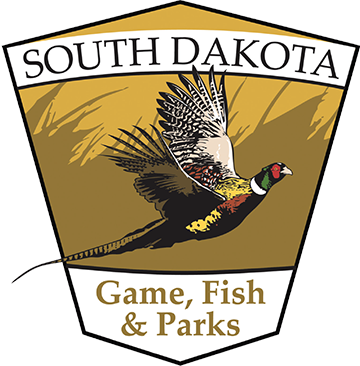At our core, we provide incredible opportunities and experiences that keep our customers coming back to the South Dakota outdoors. We are the number one brand that conserves our state’s outdoor heritage to enhance the quality of life for current and future generations. That’s us. That’s GFP.
What's Trending
Upcoming Events
April 20
Custer State Park
April 20
All of Lake Oahe
April 20
Lewis and Clark Recreation Area
April 20
April 21
Cedar Shore Marina
Upcoming Key dates
April 15
April 18

